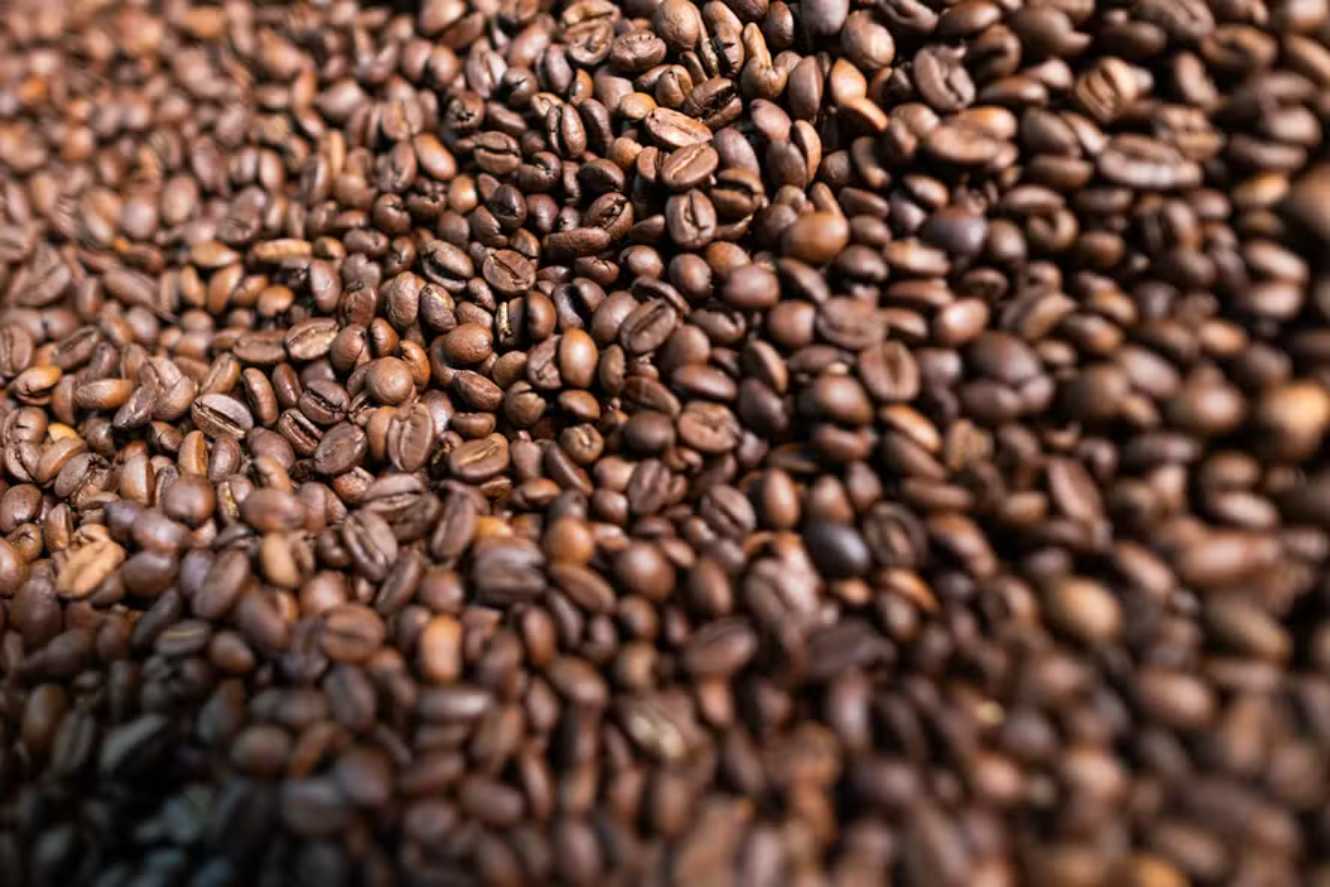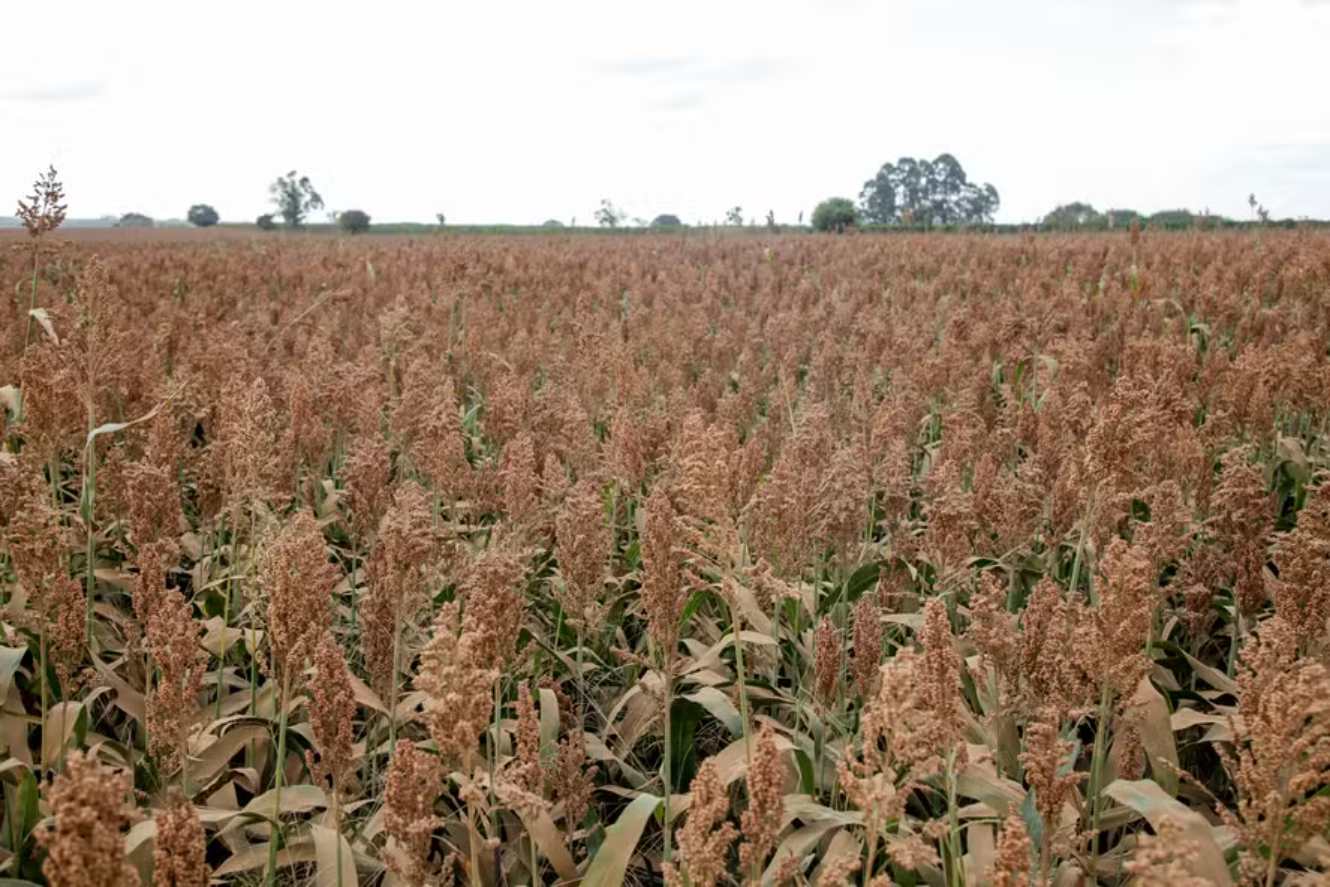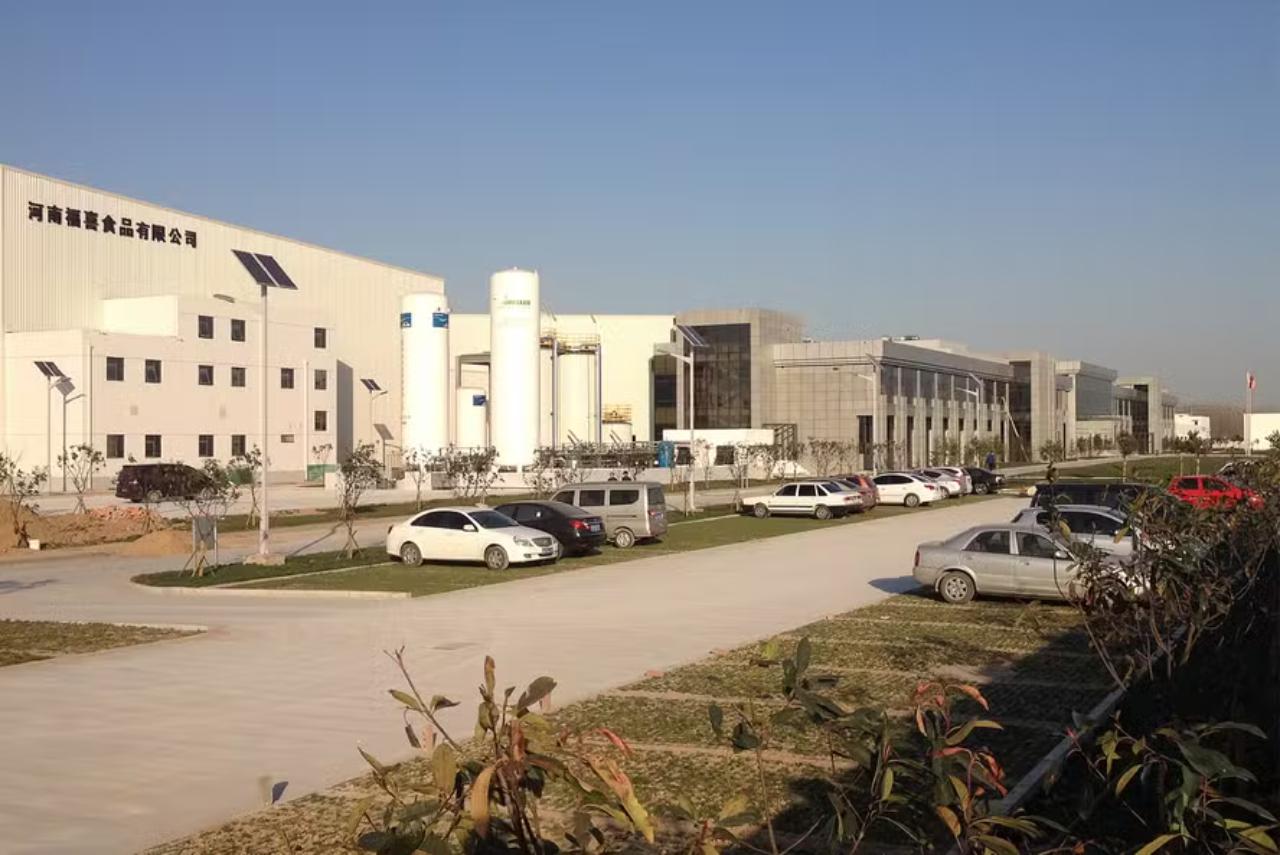The rising price of cassava, a staple in Brazilian households, has been attributed to climatic conditions and seasonal factors. After a sharp drop in 2023, the drought affecting key production regions, such as Paraná, has pushed prices higher. Here’s what’s behind the increase and its implications.
From Field to Table: The Price Surge Explained
According to the Cepea (Center for Advanced Studies in Applied Economics) at Esalq/USP, cassava prices have been climbing for 24 consecutive weeks. Between November 11 and 15, the average price for cassava root reached R$ 687.95 per ton, representing a 10.7% increase in real terms over the past year.
Key factors influencing the price hike include:
- Low Planting Rates: A price collapse in early 2023 discouraged planting, leading to a supply shortage.
- Drought Impact: Extended dry periods reduced productivity and the starch content of roots, the primary determinant of their market value.
- Pest Infestations: Drought conditions also promoted pests like the whitefly, which lowers starch levels by 6-8%.
Will Tapioca Prices Follow Suit?
Despite the price increase for raw cassava, the effect on derivatives, such as tapioca, is expected to be minimal in the short term. This is due to the processing industry’s ability to buffer price changes using stored supplies.
“Processed cassava enters the market gradually, preventing immediate price hikes for products like tapioca,” explains Ivo Pierin, director of the Brazilian Association of Cassava Starch Producers (Abam).
Even with the seasonal fluctuations, cassava remains a relatively affordable root crop compared to alternatives like potatoes and yams. For example, in November, the average price of cassava dropped slightly by 3.9%, from R$ 1.80 to R$ 1.75 per kilo, according to Ceagesp.
Looking Ahead: Climate and the Next Harvest
The outlook for cassava prices in 2025 heavily depends on weather conditions. Regular rainfall in the coming months could aid in recovering starch levels and stabilizing production, ensuring better market conditions for farmers and consumers alike.
However, cassava remains a long-cycle crop with significant price volatility.
“The forecast suggests stabilization, but this will rely on the planted area and climate patterns,” Pierin emphasizes.
The next few months will be critical for balancing supply and demand, avoiding drastic price swings, and ensuring cassava’s continued affordability.





